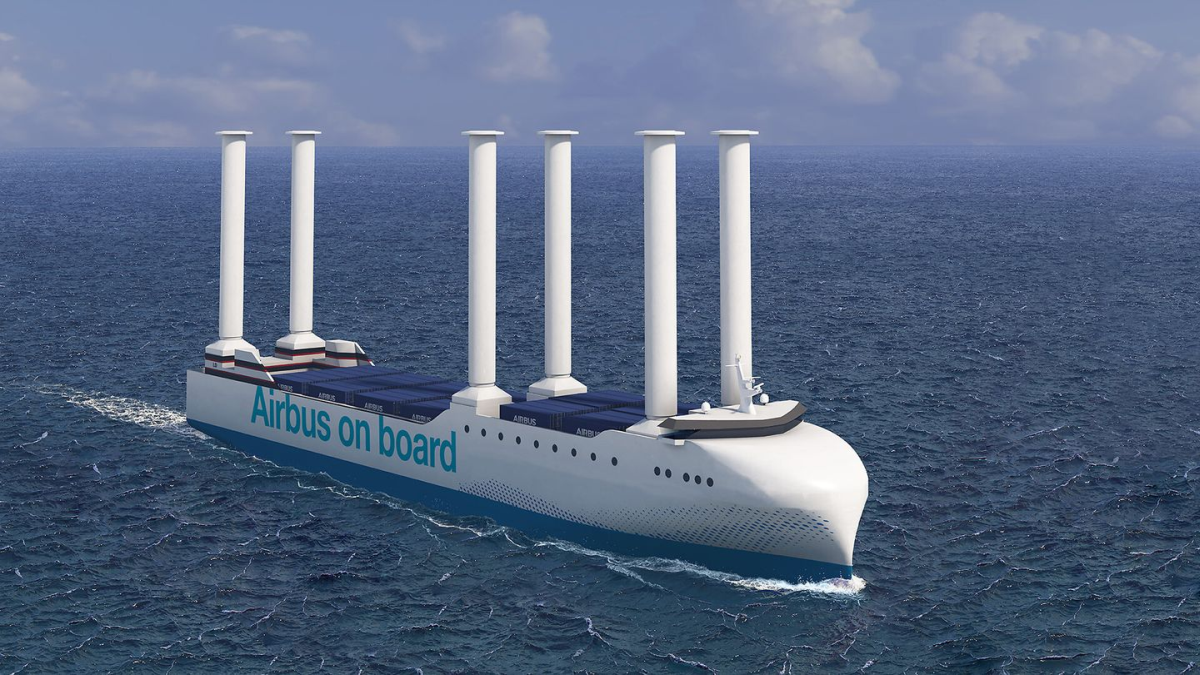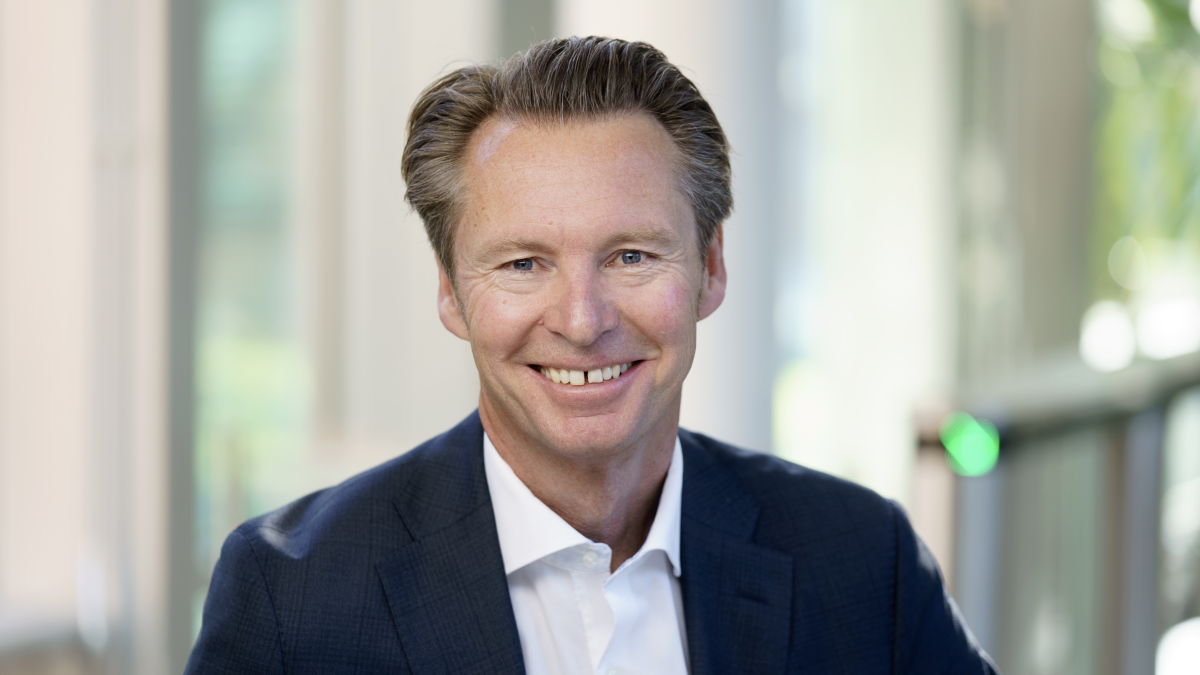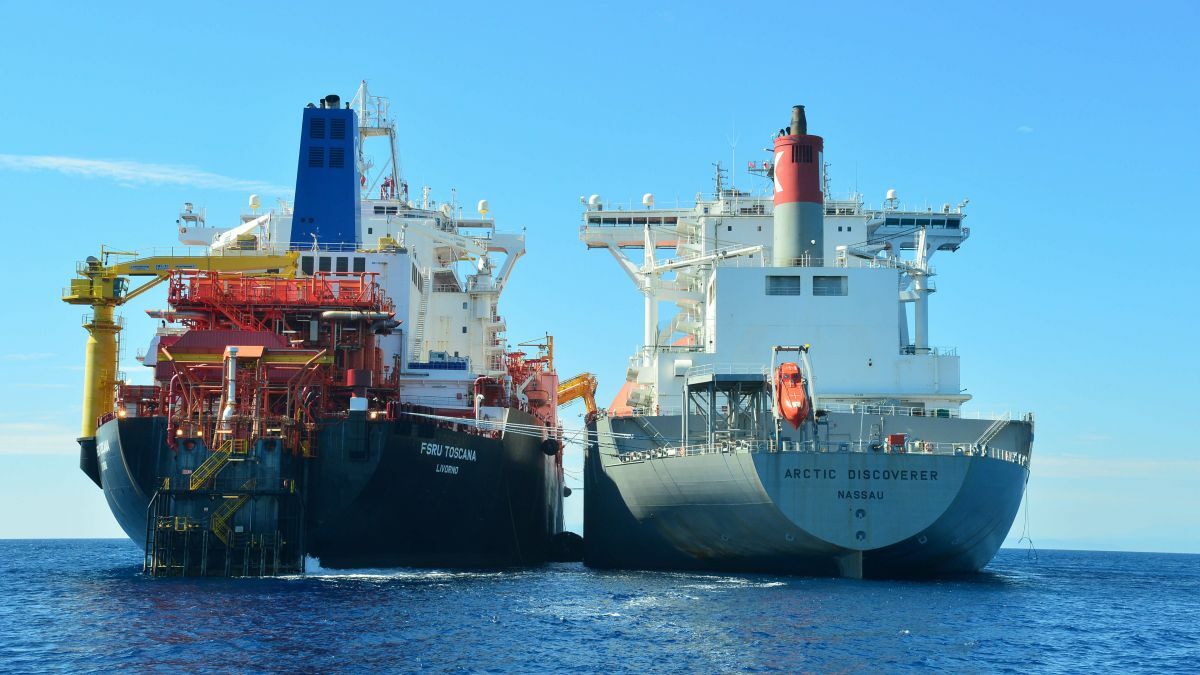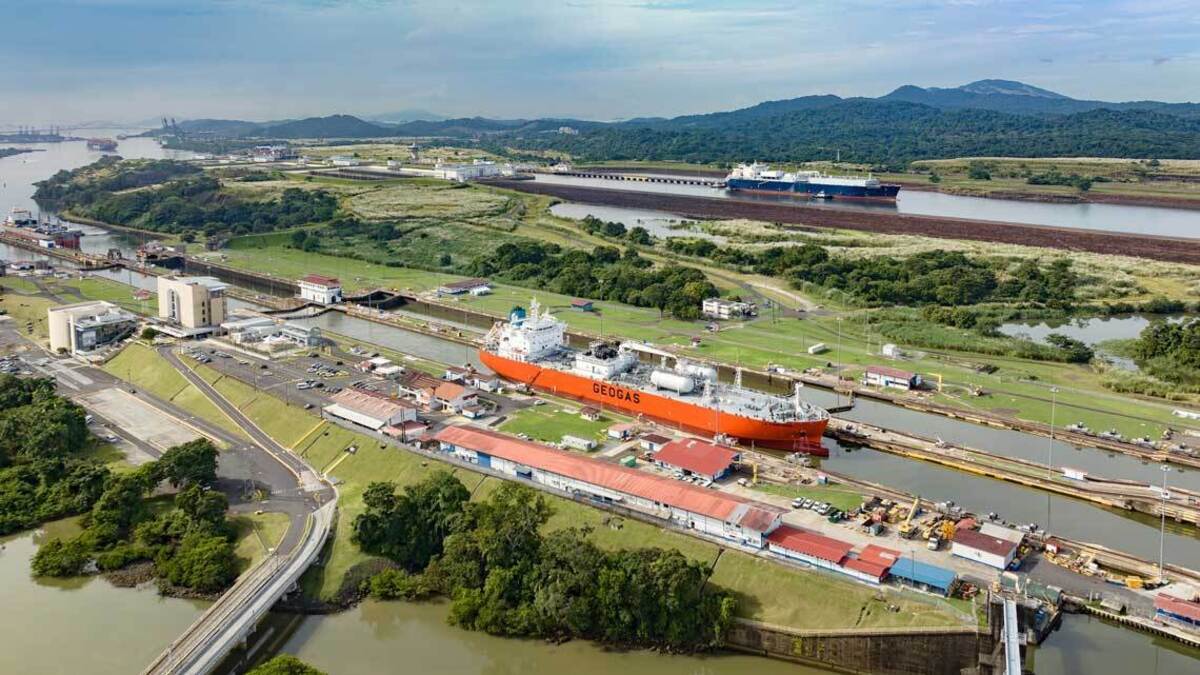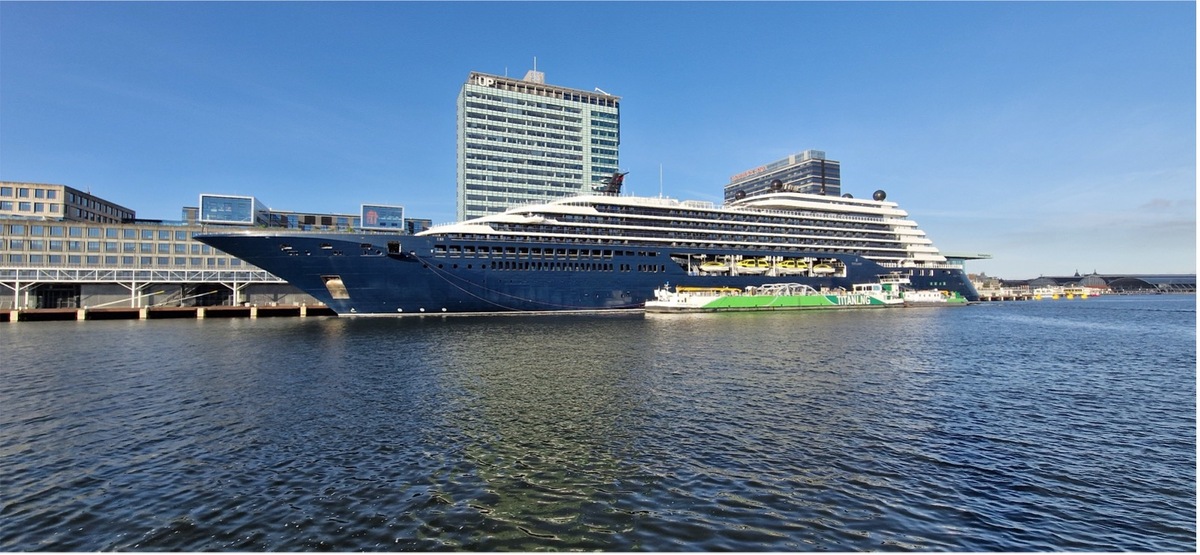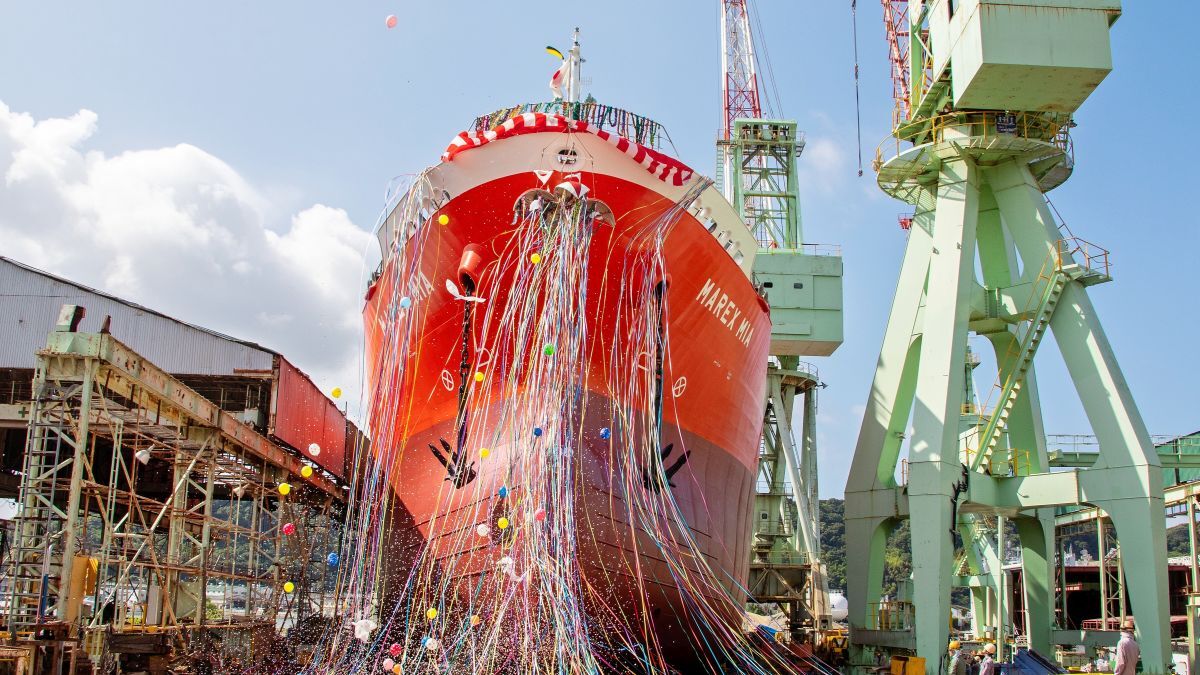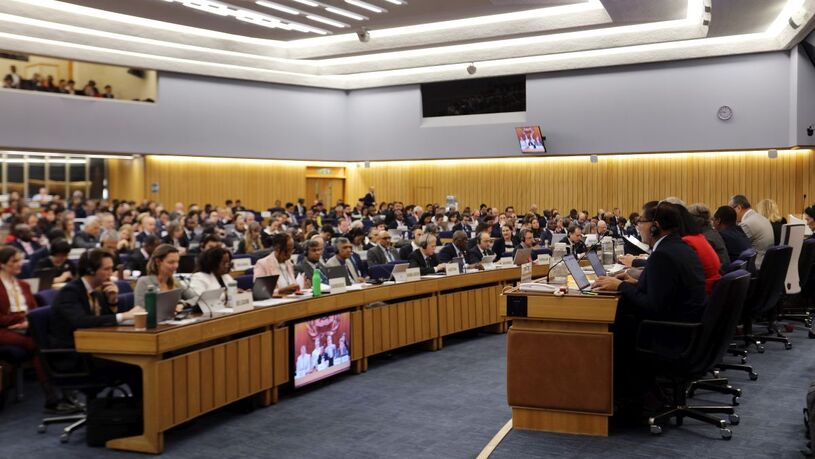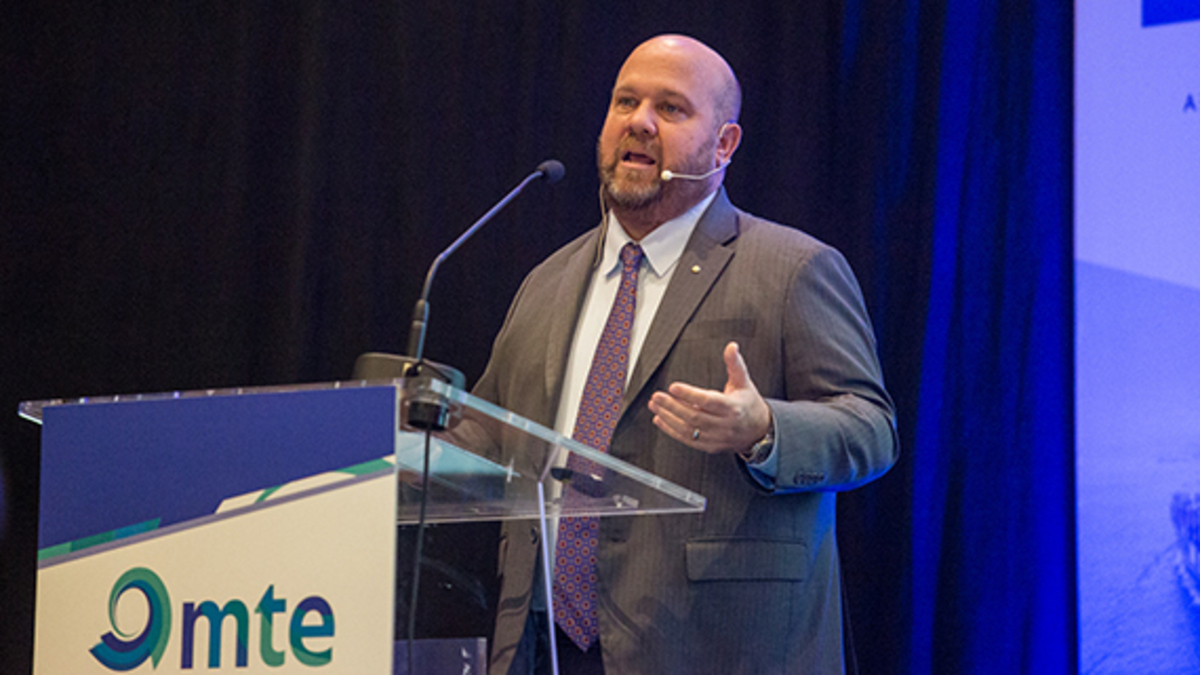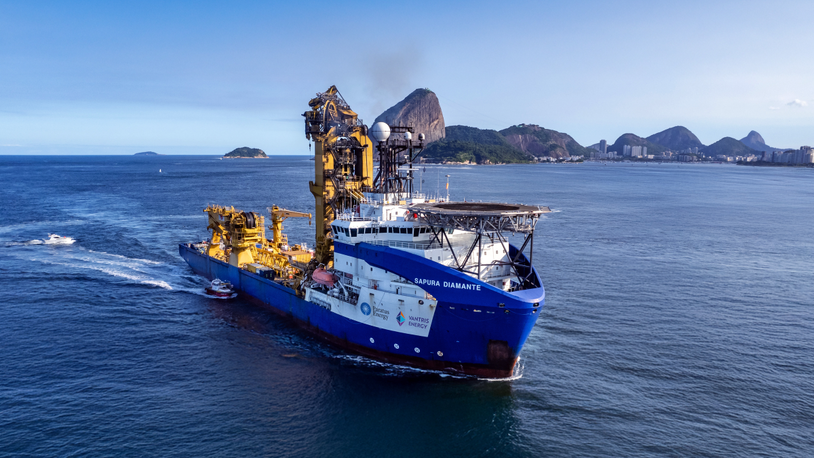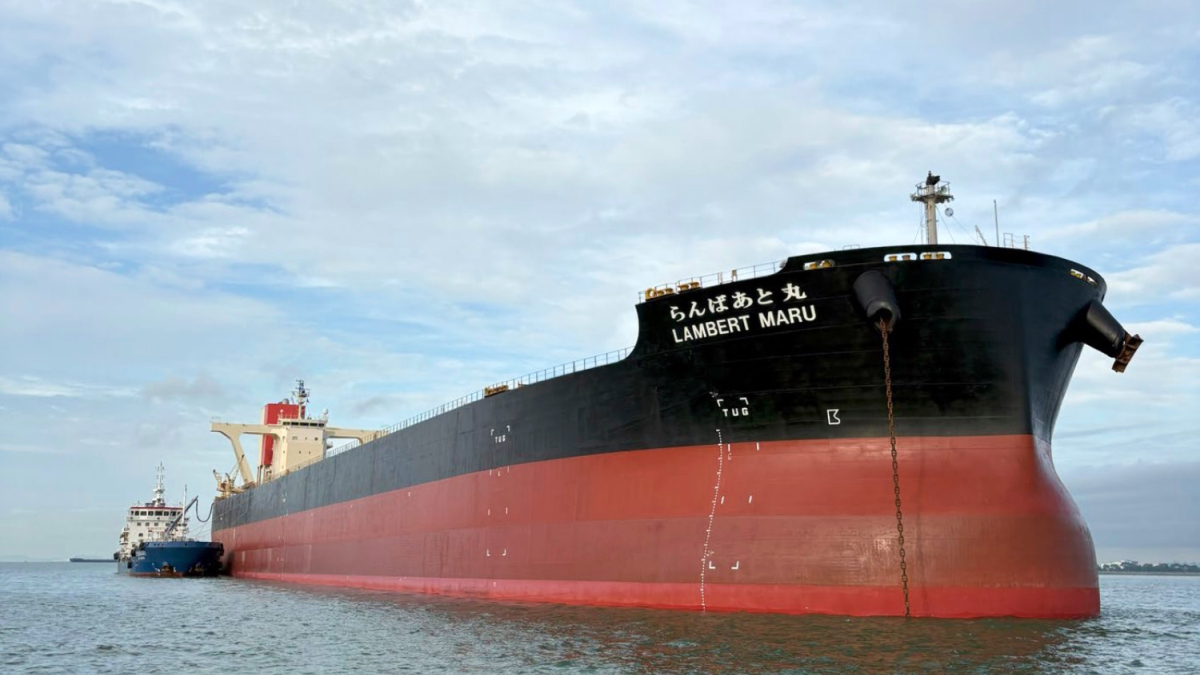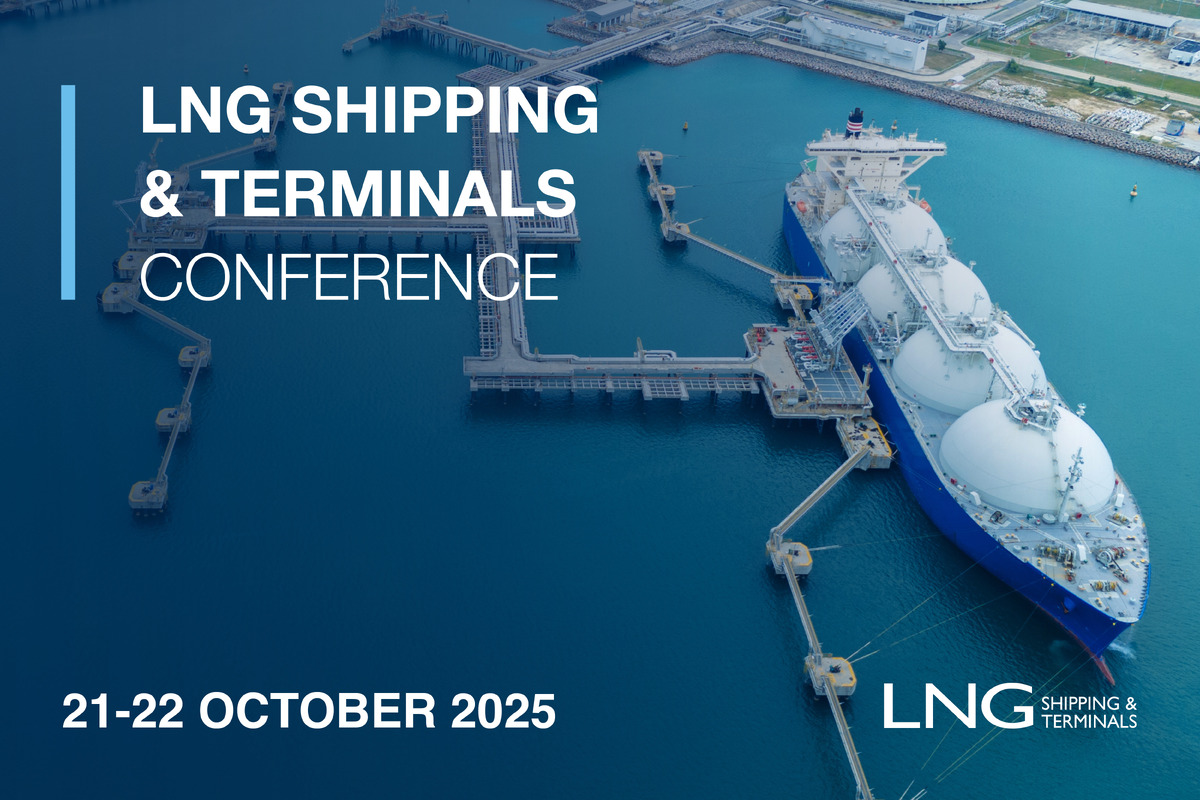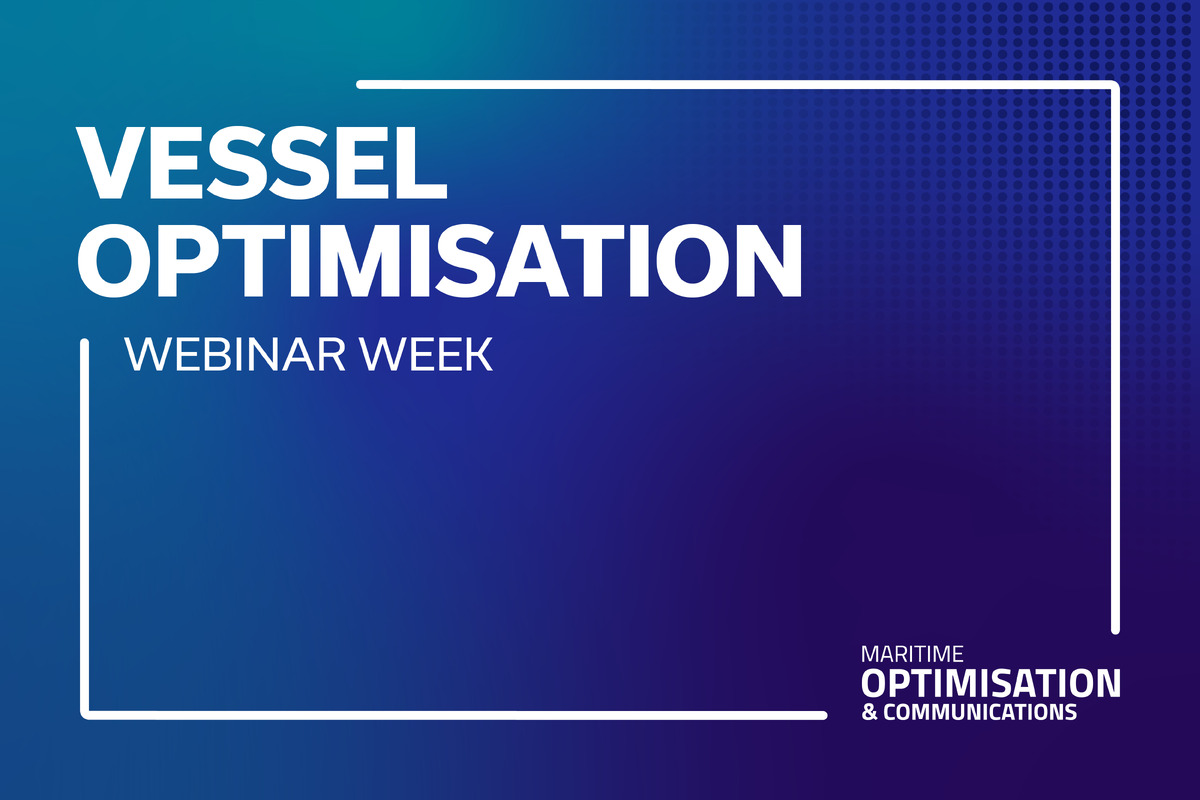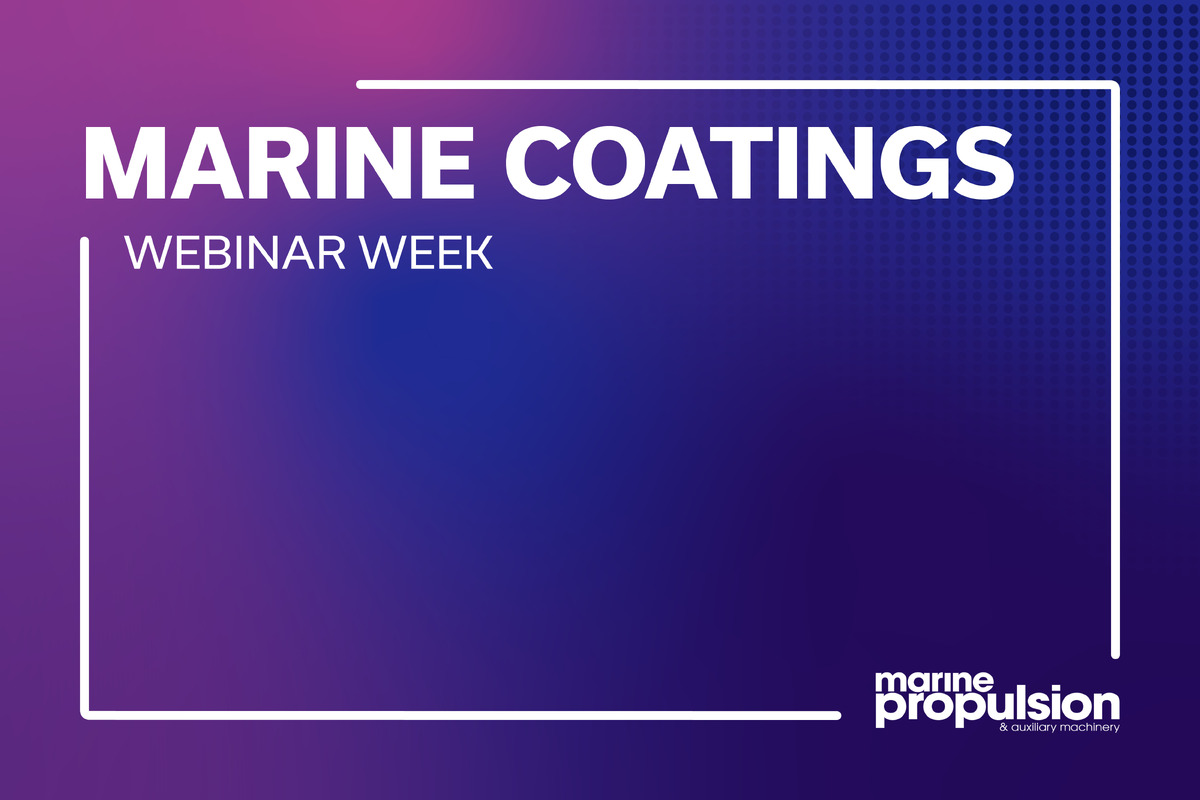Business Sectors
Contents
Update: Louis Dreyfus Armateurs takes commission for 'entire fleet' of wind-assisted roros
Airbus has asked high-end shipping specialist Louis Dreyfus Armateurs (LDA) to build three roll-on/roll-off (roro) vessels with Norsepower Flettner rotors to replace older, higher-emissions vessels, and aiming to halve the Airbus fleet’s emissions
Having published the details of its deal with Airbus in October 2023, France-headquartered Louis Dreyfus Armateurs awarded the wind-propulsion contract to Finland’s Norsepower in February 2024.
The Norsepower Rotor Sail is a version of the Flettner rotor that uses electric power to rotate the cylinder-shaped rotors on the deck, assisting the rotors in catching the wind to produce thrust and reduce fuel consumption, lowering emissions and costs.
The new low-emissions vessels, which will be used to ship aircraft components for Airbus, will each be powered by a combination of six, 35-m-tall Norsepower Rotor Sails and two dual-fuel engines running on marine diesel oil and e-methanol.
30 October 2023
Louis Dreyfus Armateurs has been busy again in the wind-assisted propulsion space, notching a newbuildings commitment with Airbus as well as operating the base-case vessel in Airseas latest validation testing programme for its Seawing kite propulsion system.
The French shipowner has taken a commission from Airbus to build, own and operate a trio of roll-on/roll-off vessels that will replace the aircraft manufacturer’s existing fleet.
Saying the newbuildings are to be modern, low-emission and supported by wind-assisted propulsion, Airbus will charter them for exclusive use in transporting its aircraft parts across the Atlantic. Scheduled to enter between 2026 and 2030, the vessels are expected to more than halve the firm’s annual emissions, from 68,000 tonnes of CO2 currently, to 33,000 tonnes by 2030. This, Airbus says, will cut its industrial emissions by nearly two-thirds (63%) over its in-house baseline of 2015 and keep the firm "in line with the 1.5°C pathway of the Paris Agreement".
Each of the new vessels will be powered by a combination of six Flettner rotors - large, rotating cylinders that generate lift using wind and propel the ship forward - and two dual-fuel engines running on maritime diesel oil and e-methanol. Additionally, routeing software will optimise the vessels’ journey across the Atlantic, maximising wind propulsion and avoiding drag caused by adverse ocean conditions.
As it ramps up production of its A320 to 75 aircraft per month, Airbus said it will gradually replace the chartered vessels that ferry its aircraft subassemblies across the Atlantic between Saint-Nazaire, France, and its single-aisle aircraft final assembly line in Mobile, Alabama.
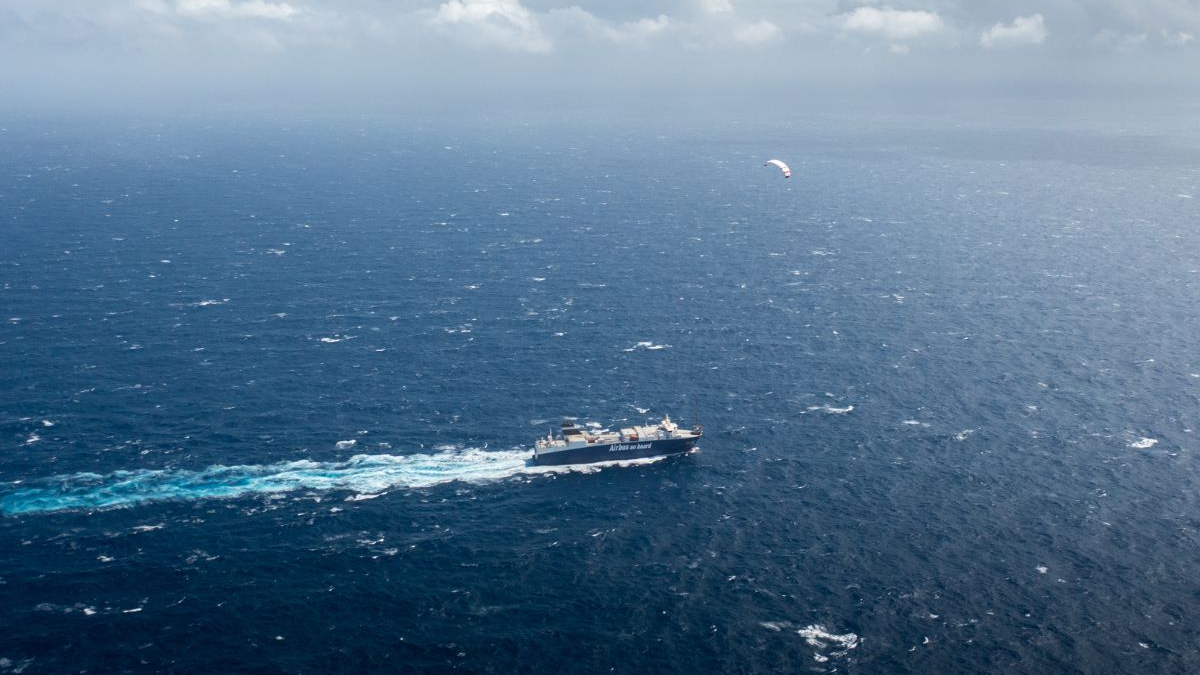
Also in the Atlantic, the Louis Dreyfus Armateurs RoRo vessel Ville de Bordeaux has acted as a data-gathering and validation hub for Airseas’ Seawing wind propulsion system, using automation to deploy and control the Seawing system on dynamic flights where the kite flies in figure-of-eight patterns.
"The trials have ... enabled Airseas to validate the technology’s automation system, which successfully controlled the Seawing’s dynamic flights without any human intervention. This builds on earlier technical achievements in the sea trials on the Ville de Bordeaux, including the validation of automated take-off and landing phases, the first traction flights with the kite in ’static’ position, and dynamic flights that increase the kite’s traction power," Airseas said.
The kite technology developer has also seen its system generate fuel and emissions savings of 16%, on average for a "normalised transatlantic voyage", and the company said its findings put it on the right track for further refinement.
"The 16% projected fuel and emissions savings were calculated from the tonnes of traction measured on the Seawing system during the final round of sea trials on the 5,291 deadweight tonne (DWT) ro-ro vessel Ville de Bordeaux, owned by Louis Dreyfus Armateurs, during transatlantic voyages. This initial performance data is in line with Seawing’s broader development roadmap aimed at delivering average savings of 20%."
Airseas said its next steps on the Seawing development roadmap will include ground-based tests at its new research and development centre in Dakhla, Morocco, as well as sea trials on a 211,982 DWT capesize vessel owned by Japanese shipowner K Line, which purchased five Seawings with options for up to 51 in total.
Louis Dreyfus Armateurs is also set to have three suction sail devices installed on one of its 100-strong fleet.
Click here to read the latest Bulk news and follow the International Bulk Shipping Community for exclusive content and offers.
Visit our Bulk webinar library to explore our highly successful Bulk Carriers Webinar Series.
The International Bulk Shipping Conference 2024 will discuss critical issues shaping the world’s largest shipping sector. Register your interest to learn more about this event.
Related to this Story
Events
LNG Shipping & Terminals Conference 2025
Vessel Optimisation Webinar Week
Marine Coatings Webinar Week
© 2024 Riviera Maritime Media Ltd.


